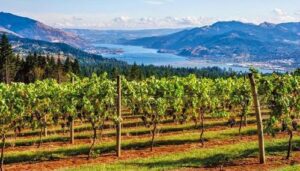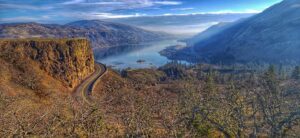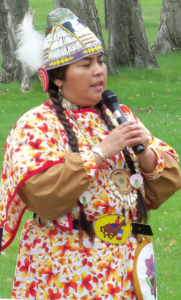The Columbia River Gorge is an incredibly popular area to visit, and that’s for good reason, the setting is uniquely spectacular. The Gorge encompasses:

- Easily accessible ecozones that range through boreal conifer forests, oak woodlands, high desert grasslands and alpine environments in only 40 miles,
- Dazzling viewpoints and scenery, including beautiful waterfalls that cascade over the high basalt ramparts that bound the relatively narrow Gorge and the majestic Columbia River running through it,
- Mt. Adams, Mt. St. Helens and Mt. Hood, imposing snow-covered stratovolcanoes lying less than 40 miles north and south of the Gorge,
- Picturesque small towns that are bounded by extensive federally- and state-protected natural areas throughout the length of the Gorge,
- Abundant recreation opportunities including hiking, road/mountain biking, windsurfing and kiteboarding, whitewater kayaking and rafting, fishing, hunting, alpine/cross-country skiing and snowshoeing,
- Numerous award-winning wineries and breweries, restaurants and pubs, shops, galleries, museums, parks, hotels and campgrounds,
- And all this is lying at the back doorstep of Portland, Oregon.
The Gorge is also a geologic wonderland, exposing stories about:

- The 40 million year history of the Columbia River,
- The series of massive Columbia River Basalt flows 18-12 million years ago,
- The rise of the Cascade Mountain Range since about 5 million years ago,
- The passage of numerous, up to 1000 feet deep Ice Age Floods that reshaped the Gorge 18-14 thousand years ago,
- Tectonic faulting and folding, landslides, earthquakes, forest fires, and
- The often intertwined lives and stories of the people who have lived here.
Of course, with all this bounty the area is also a robust tourist mecca, which can mean limited accommodations for summer crowds. Most attractions are easy to drive to, but bus tours and river cruises are also available. Due to the popularity, some of the iconic attractions now seasonally restrict vehicle access and require permits.
